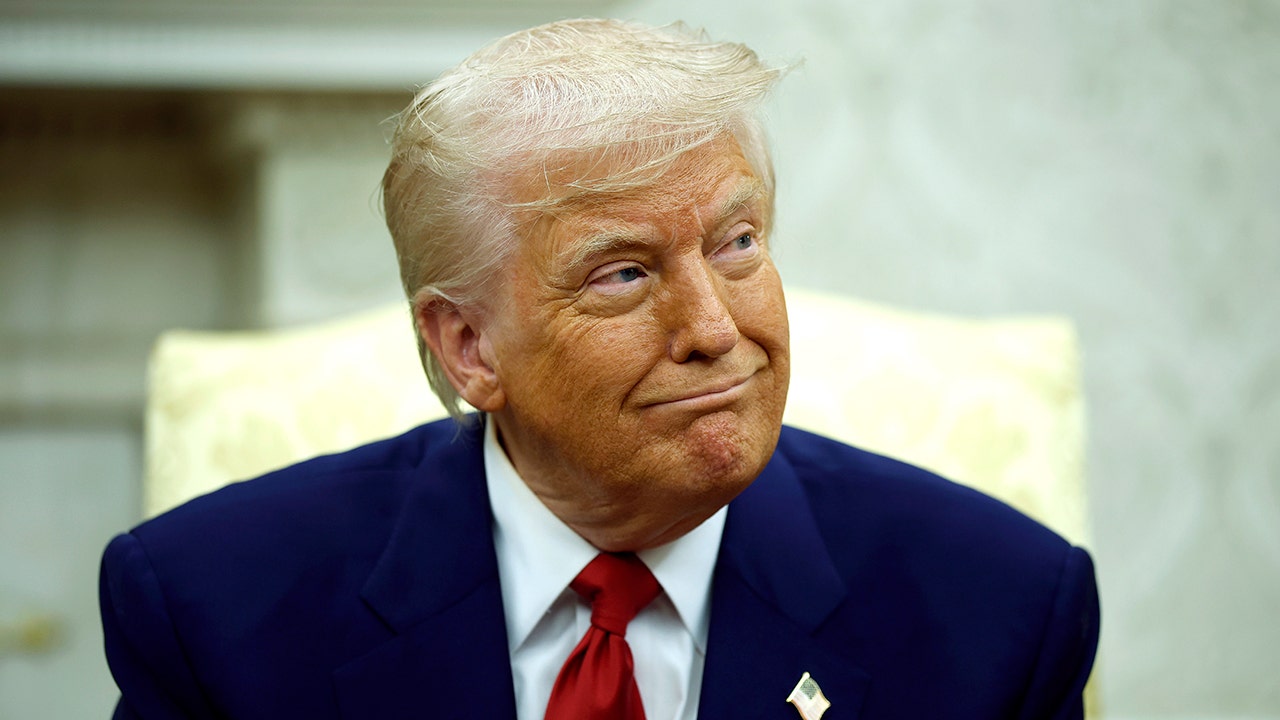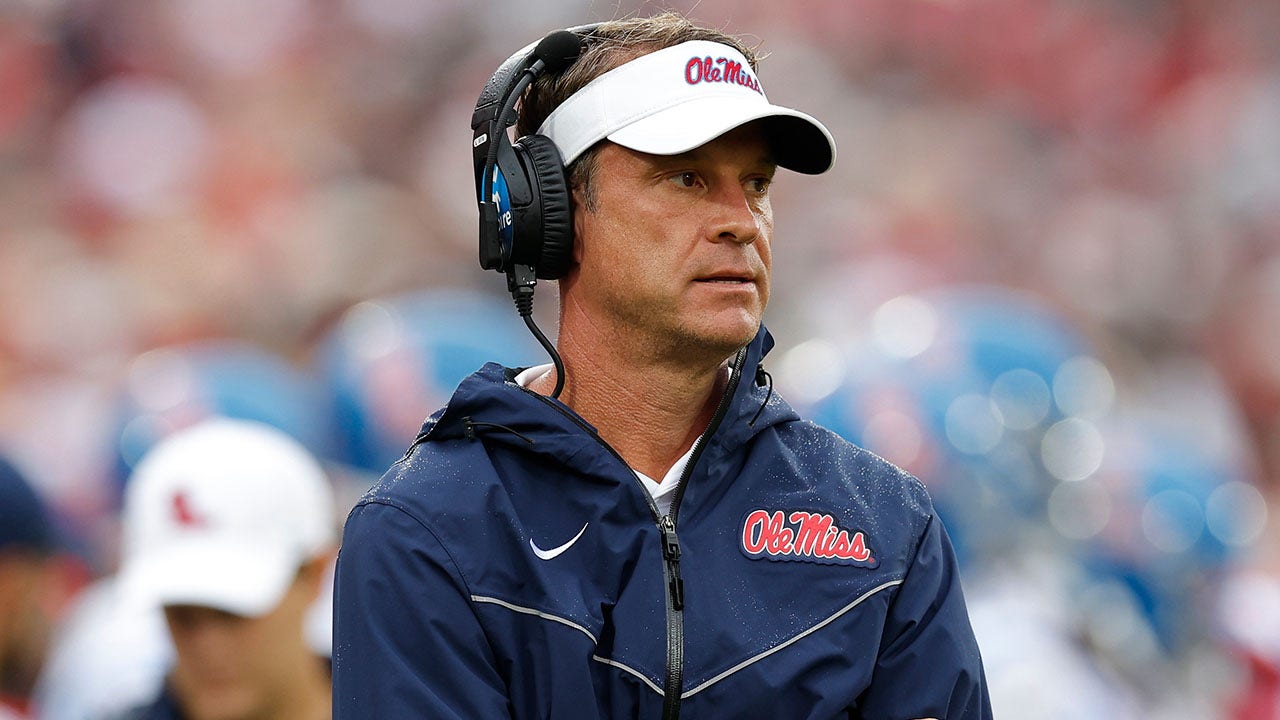Daylight Savings: It’s about the sunlight

As the debate over Daylight Saving Time continues to heat up in Congress, lawmakers are finding themselves at a crossroads when it comes to deciding the fate of the biannual time change. With President Trump urging for more daylight at the end of the day and senators from both parties coming together to push for an end to the clock-switching tradition, the issue has taken center stage on Capitol Hill.
Sen. Ed Markey of Massachusetts has expressed his desire to ensure that people get more sunshine, emphasizing the importance of maximizing the sun for the well-being of Americans. Meanwhile, Sen. Ted Cruz of Texas humorously pointed out that “you can’t shovel sunshine,” highlighting the absurdity of trying to manipulate something as natural as sunlight. Sen. Rick Scott of Florida echoed these sentiments, emphasizing the benefits of having an extra hour of sunlight for the American people.
The Senate Commerce Committee recently held a hearing on the issue, with lawmakers like Sen. Lisa Blunt Rochester of Delaware calling for an end to the constant cycle of falling back and springing forward. The push to “lock the clock” and choose between Standard Time or Daylight Saving Time has gained momentum, with President Trump throwing his support behind the effort to stop the clock.
However, the debate over whether to permanently park the U.S. on Daylight Saving Time or revert to Standard Time has sparked controversy. While some argue that year-round Daylight Saving Time would provide more opportunities for evening recreation and economic benefits, others warn of the health risks associated with the later sunrises and sunsets that come with DST.
The history of Daylight Saving Time in the U.S. is marked by both success and failure, with past attempts to implement year-round DST ultimately proving unpopular and short-lived. The issue has divided lawmakers and experts, with conflicting opinions on which time system is the most beneficial for public health and safety.
As Congress debates the future of Daylight Saving Time, it’s clear that finding a solution that satisfies all parties will be no easy task. The complexity of regional differences and the impact on daily life must be taken into account, as states like Arizona and Hawaii have chosen to opt out of DST altogether.
Ultimately, the decision on whether to end the biannual time change lies in the hands of Congress. As lawmakers grapple with the implications of locking the clock and the potential consequences of their actions, it’s clear that the issue of Daylight Saving Time is far more than just a matter of adjusting the clocks—it’s about maximizing the sunlight and ensuring the well-being of the American people.




